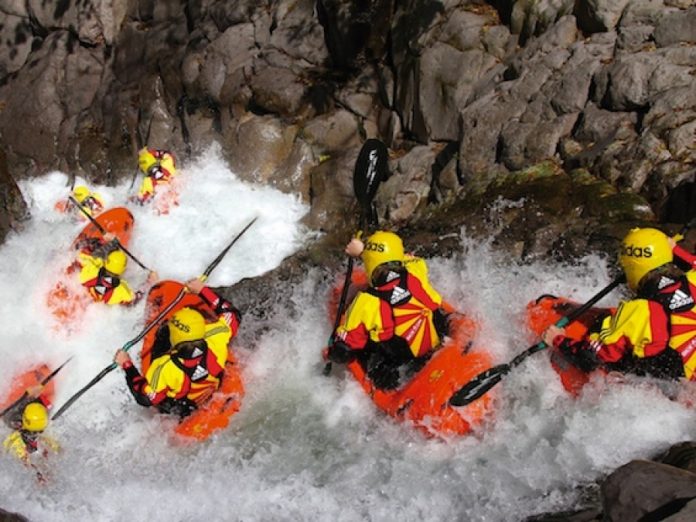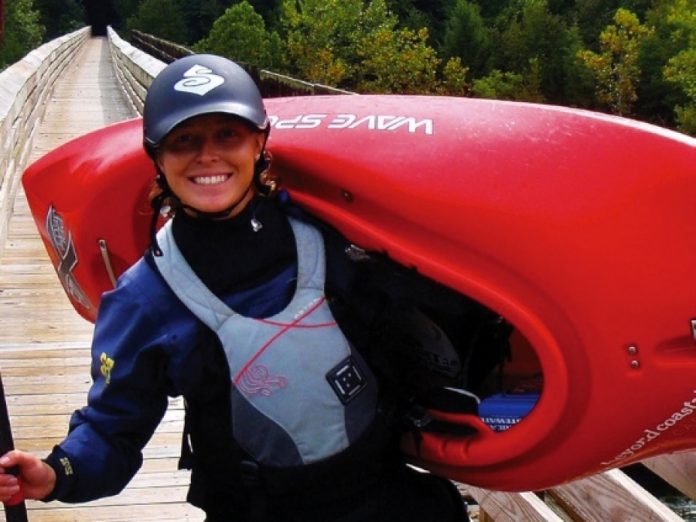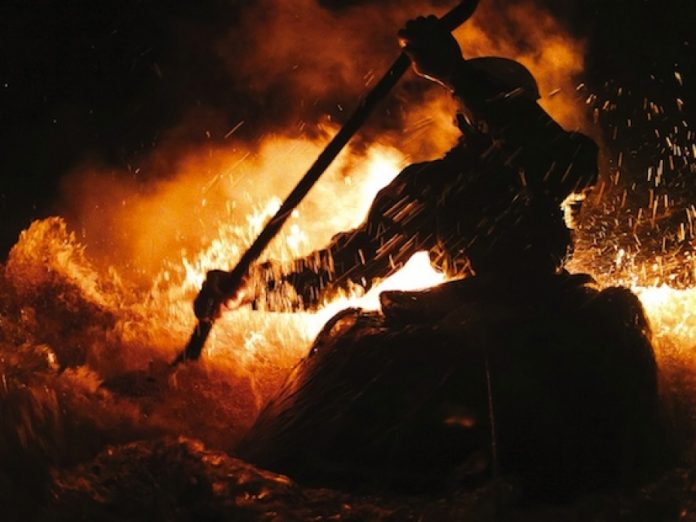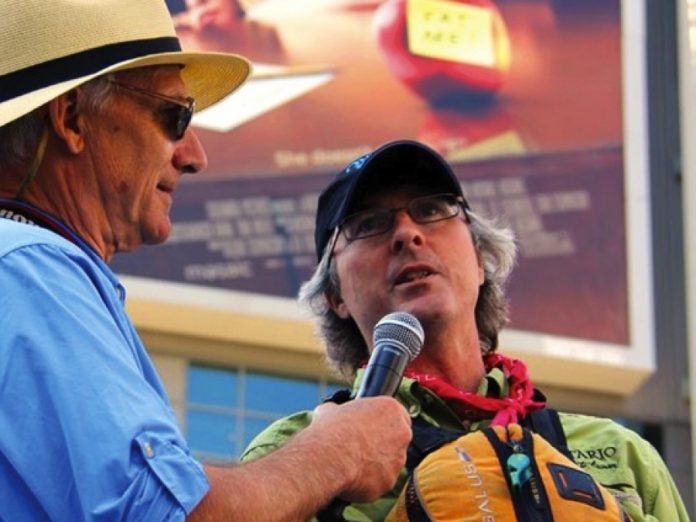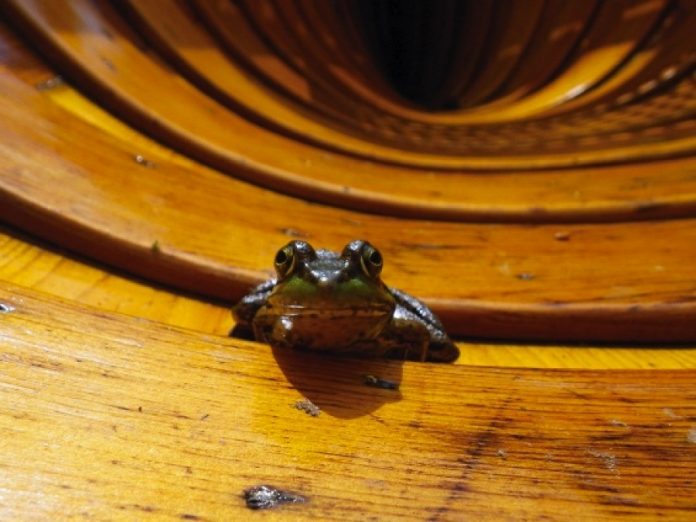This article on the film series Of Souls and Water was first published in Rapid magazine.
“So, so, so, so, so, so, so SICK!” is how big wave maven, Ben Marr, describes his latest project—starring in “The Shapeshifter,” the third episode of the new short film series, Of Souls + Water. Marr’s opinion is obviously biased, but the five-episode series—released monthly this summer for free online viewing with the last five- to seven-minute short premiering August 28—is drawing plenty of acclaim elsewhere.
The series’ first episode—“The Nomad,” featuring National Geographic Adventurer of the Year, Erik Boomer—received a nod on Outside magazine’s OutsideOnline.com. When a teaser of Marr’s episode played at the North Fork Championship in June, the crowd went so wild they drowned out the musical score. And, at the time of printing, both the first and second episodes were staff picks on Vimeo, a video sharing website with some 10 million members.
It’s no wonder people are taking notice. Of Souls + Water’s creative engines are director Skip Armstrong and producer Anson Fogel of Forge Motion Pictures—the Colorado-based production company that raised the bar for kayaking films in 2010 with Wild Water, and took Grand Prize at the Banff Mountain Film Festival in 2011 with the climbing film, Cold. Armstrong and Fogel shot all the episodes on high-definition RED digital cameras and the visuals and quality sound design are nothing short of cinematic.
“We wanted to bring Hollywood-style cinematography to the outdoors,” explains Armstrong, “we planned the shots we wanted, then found the characters to support that vision.”
It isn’t just production quality that sets Of Souls + Water apart. Armstrong and Fogel envisioned an artistic, poetic series that would tell the stories of five individuals bound together by the common theme of water. Rather than focusing on a particular sport (the series features whitewater kayaking, rafting, sea kayaking and surfing), each episode poses a question about the human condition.
“We took some risks, focusing on ideas of our humanity more than the details, more feeling than explanation,” says Fogel. “The result is something a bit more unique, I hope, that stands above the noise of today’s web media.”
Mark Deming, marketing coordinator at series sponsor NRS, agrees, “We wanted to get at the underlying meaning behind paddling and go beyond eye candy.”
After seeing Forge’s films on the festival circuit, Deming met with Fogel and Armstrong to explore partnership possibilities. Underwriting films is a recent venture for NRS—the Idaho-based paddlesports manufacturer and retailer first partnered with National Geographic filmmaker Andy Maser in 2011 for a series on dam removal—but Deming says there are plenty more projects in the hopper for 2013. Monetizing the films, he adds, isn’t a consideration. “Our goal is to help the artists at Forge bring their vision to reality,” says Deming, “then share it with our audience.”
Giving away the goods—especially when those goods are the fruit of costly production techniques and state of the art equipment—isn’t a new concept in the outdoor industry, but it is relatively new to paddlesports. When Reel Water Productions filmmaker Bryan Smith partnered with technical apparel manufacturer, Arc’teryx, in 2010–2011 to produce The Season, it was among the first times that paddling lifestyle had been featured in publicly available, professionally produced branded films.
As the paddlesports industry develops a more sophisticated online pres- ence, says Deming, “Branded content as the way companies do business on the web is going to become more prominent.”
Armstrong says that without sponsorship from NRS and New Belgium Brewing, the Of Souls + Water team wouldn’t have the luxury of shooting films when river or ocean conditions are optimal, and then getting them in front of audiences just a month later. Free online distribution, he says, “is so cool—as filmmakers, we finally have a platform where we can release this stuff. It’s something everyone who makes films is going to have to explore.”
See the episodes now, at www.nrsfilms.com
This article originally appeared in Rapid, Fall 2012. Download our free iPad/iPhone/iPod Touch App or Android App or read it here.
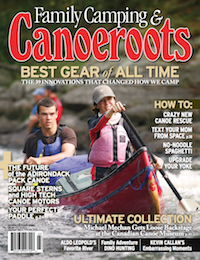




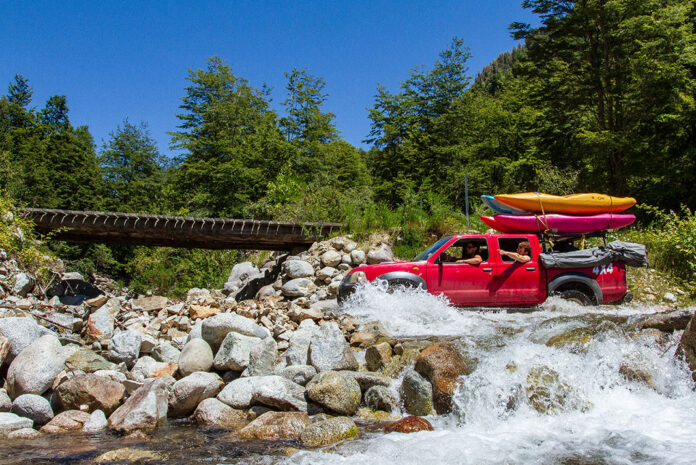
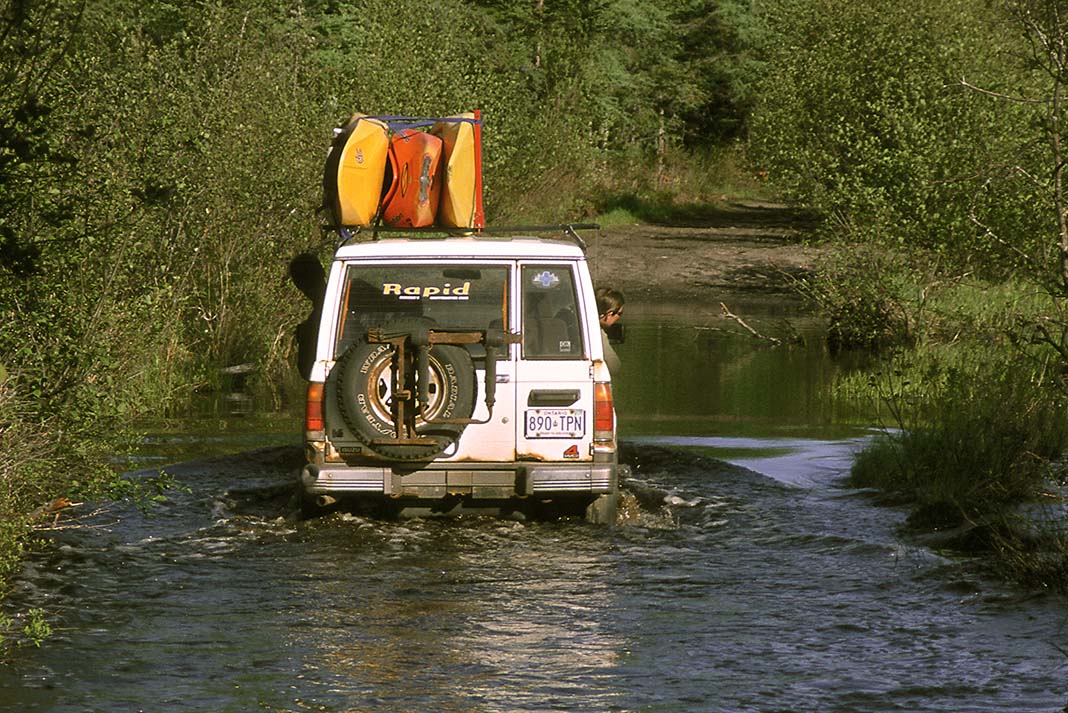
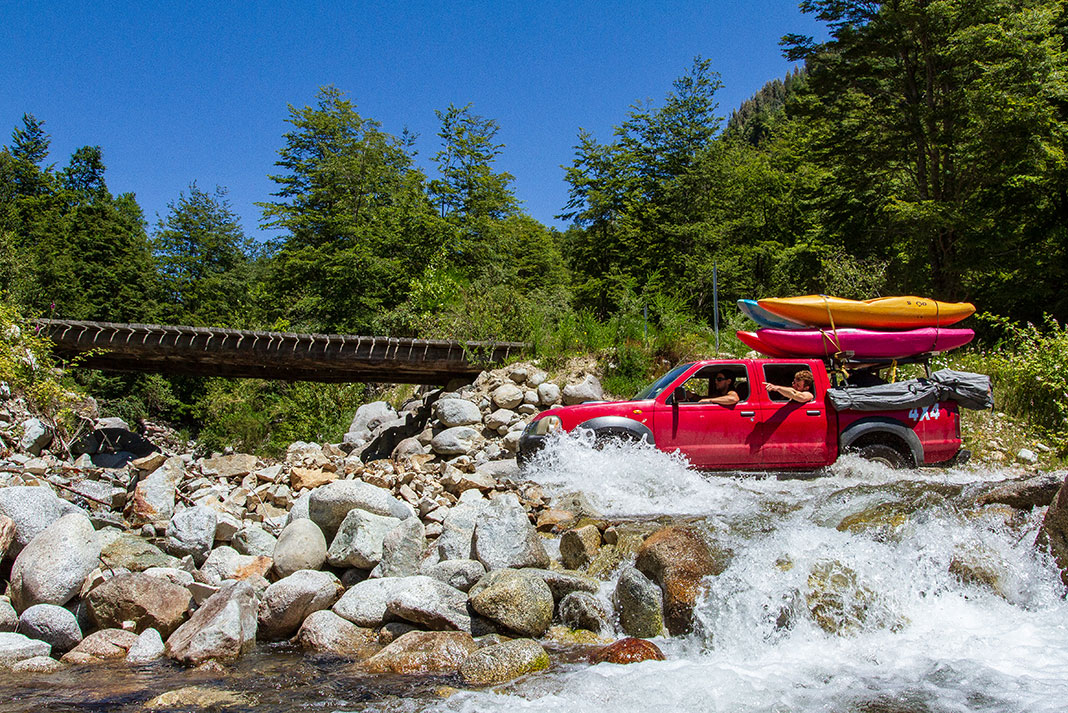

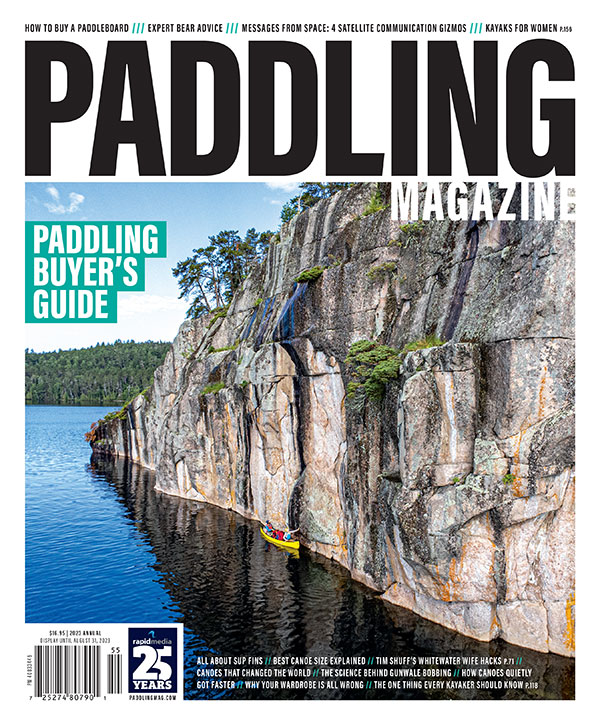 This article was first published in the Summer/Fall 2012 issue of Rapid Magazine and was republished in the 2023 Paddling Buyer’s Guide.
This article was first published in the Summer/Fall 2012 issue of Rapid Magazine and was republished in the 2023 Paddling Buyer’s Guide. 
 This article first appeared in the Summer/Fall 2012 issue of Rapid Magazine. For more great content, subscribe to Rapid’s print and digital editions
This article first appeared in the Summer/Fall 2012 issue of Rapid Magazine. For more great content, subscribe to Rapid’s print and digital editions 